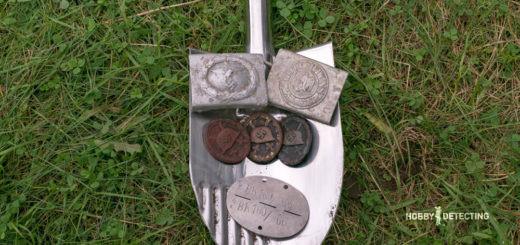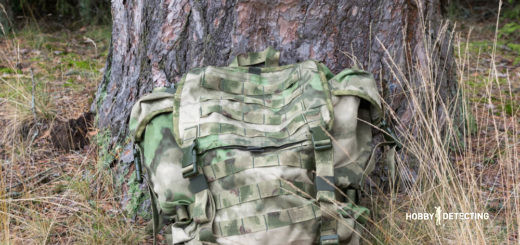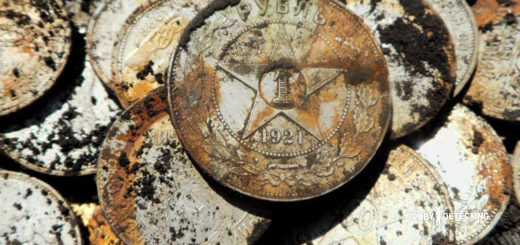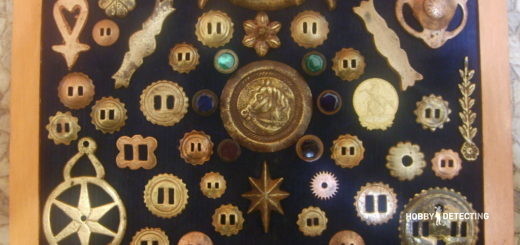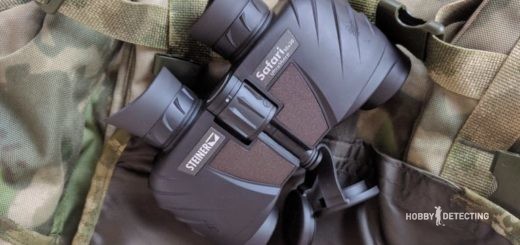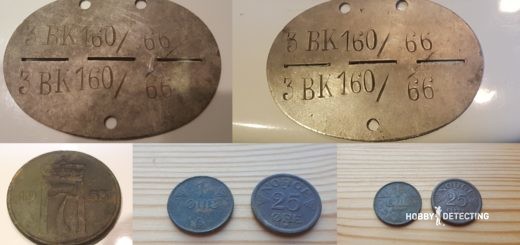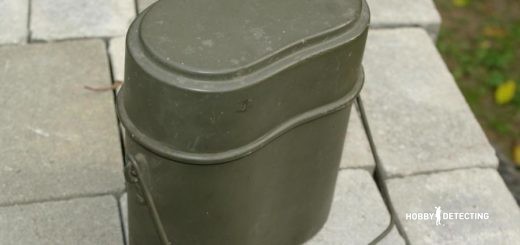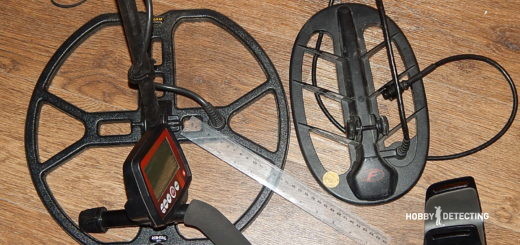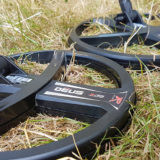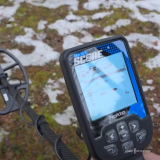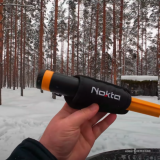Black Ada Gladius – A Review Of An Excellent Shovel For Detecting! (Review, Photos+)
For a long time, I have been wanting to write about this shovel, but I have waited for the shovel to break. But it has not broken down for a full season, and it is still going well! Because after a whole year, nothing has yet happened to the shovel. But let’s take care of everything in order! I watched one video on Youtube, and there was this one British...

